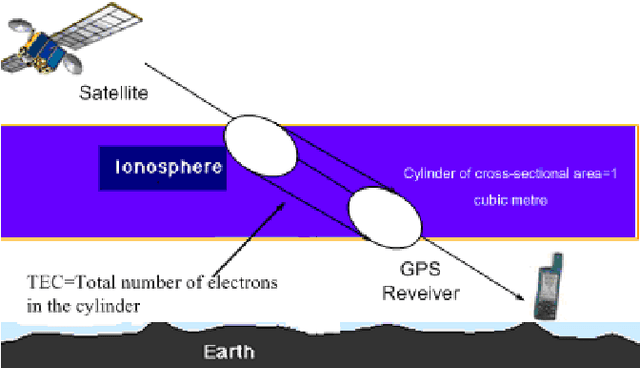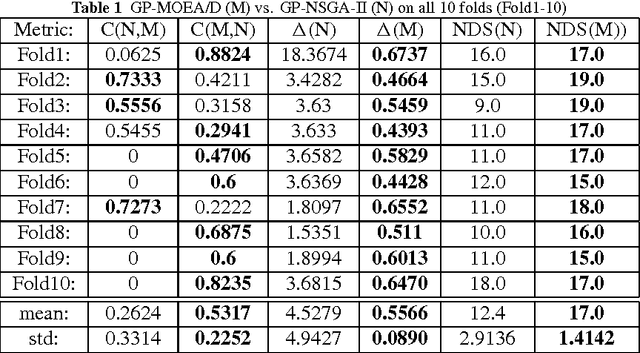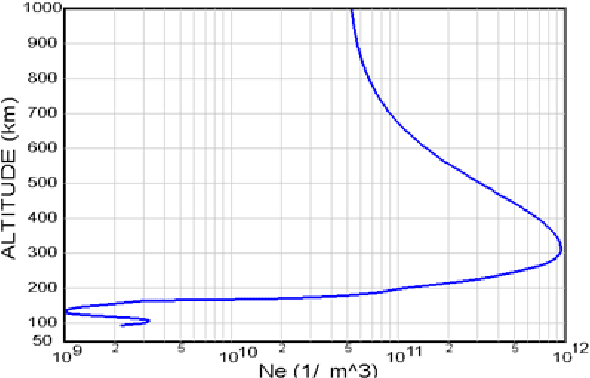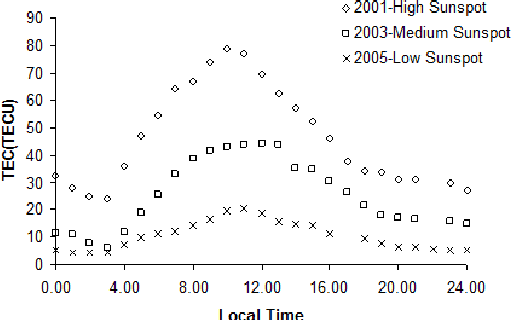Haris Haralambous
Reliable Prediction Intervals with Regression Neural Networks
Dec 15, 2023Abstract:This paper proposes an extension to conventional regression Neural Networks (NNs) for replacing the point predictions they produce with prediction intervals that satisfy a required level of confidence. Our approach follows a novel machine learning framework, called Conformal Prediction (CP), for assigning reliable confidence measures to predictions without assuming anything more than that the data are independent and identically distributed (i.i.d.). We evaluate the proposed method on four benchmark datasets and on the problem of predicting Total Electron Content (TEC), which is an important parameter in trans-ionospheric links; for the latter we use a dataset of more than 60000 TEC measurements collected over a period of 11 years. Our experimental results show that the prediction intervals produced by our method are both well-calibrated and tight enough to be useful in practice.
A GP-MOEA/D Approach for Modelling Total Electron Content over Cyprus
Nov 24, 2011



Abstract:Vertical Total Electron Content (vTEC) is an ionospheric characteristic used to derive the signal delay imposed by the ionosphere on near-vertical trans-ionospheric links. The major aim of this paper is to design a prediction model based on the main factors that influence the variability of this parameter on a diurnal, seasonal and long-term time-scale. The model should be accurate and general (comprehensive) enough for efficiently approximating the high variations of vTEC. However, good approximation and generalization are conflicting objectives. For this reason a Genetic Programming (GP) with Multi-objective Evolutionary Algorithm based on Decomposition characteristics (GP-MOEA/D) is designed and proposed for modeling vTEC over Cyprus. Experimental results show that the Multi-Objective GP-model, considering real vTEC measurements obtained over a period of 11 years, has produced a good approximation of the modeled parameter and can be implemented as a local model to account for the ionospheric imposed error in positioning. Particulary, the GP-MOEA/D approach performs better than a Single Objective Optimization GP, a GP with Non-dominated Sorting Genetic Algorithm-II (NSGA-II) characteristics and the previously proposed Neural Network-based approach in most cases.
 Add to Chrome
Add to Chrome Add to Firefox
Add to Firefox Add to Edge
Add to Edge